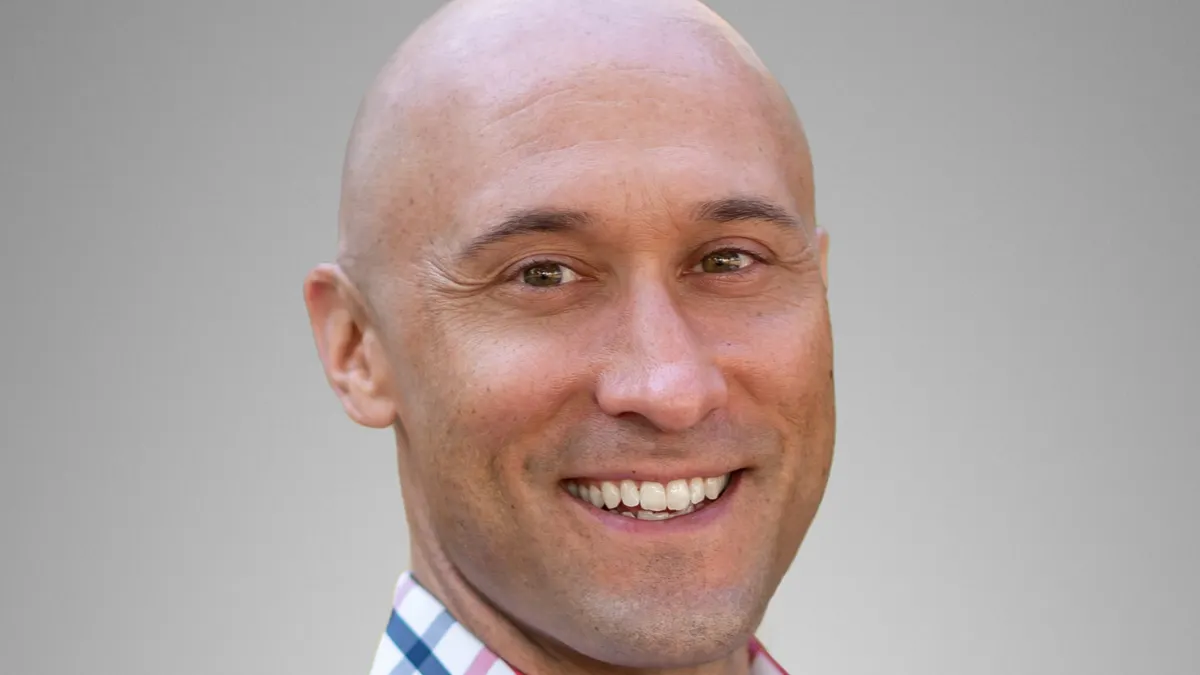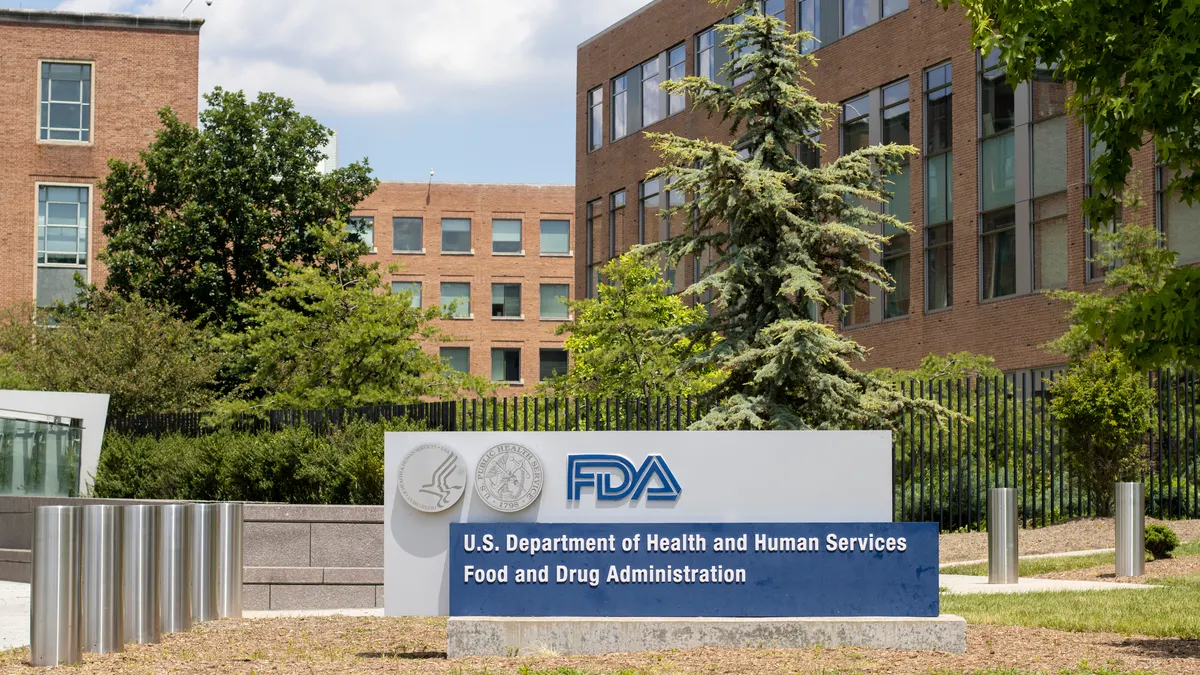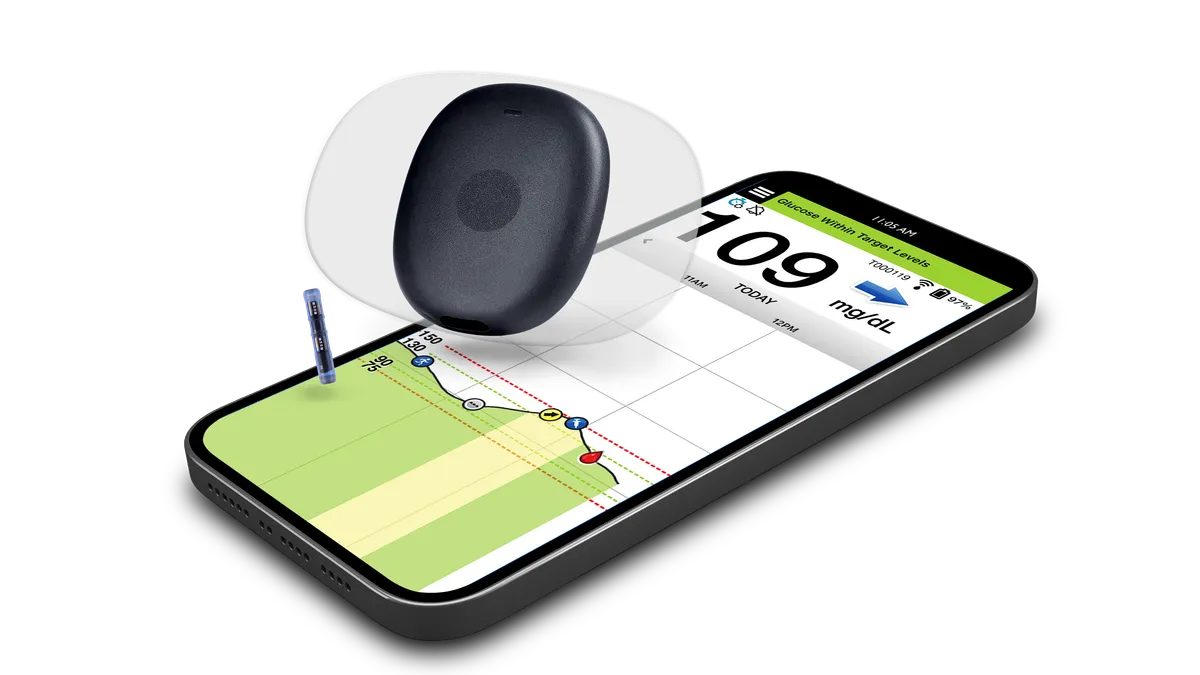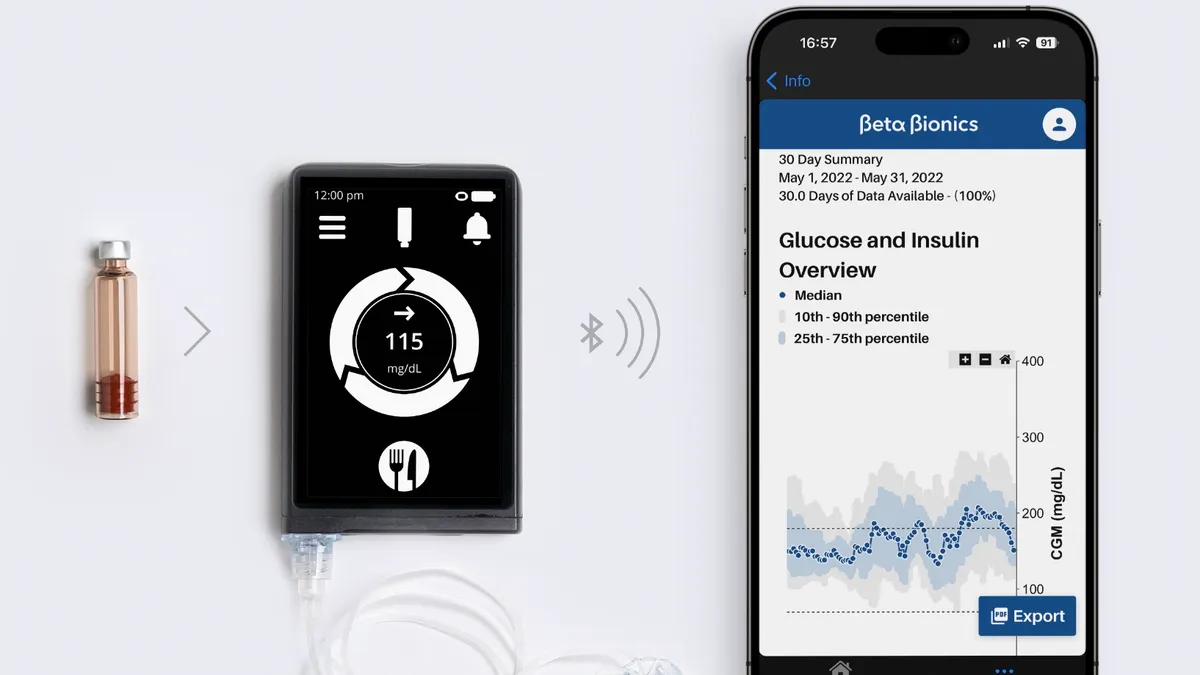When ex-FDA chief health informatics officer Taha Kass-Hout joined Amazon as its senior leader in healthcare and AI, some saw his appointment as proof the retailing behemoth could be dealing with regulatory issues or zeroing in on digital health.
Amazon has remained largely mum about its overall designs in the space, though a solidifying foray into pharmaceutical delivery with PillPack and a troika with J.P. Morgan and Berkshire Hathaway to lower healthcare costs raise the veil somewhat.
Amazon's health IT efforts are a bit more clear. The company wrapped up 2018 with an expansion of its HIPAA-eligible AI services and the introduction of Amazon Comprehend Medical, a service that can process reams of electronic patient records for needed data.
Kass-Hout sat down at HIMSS to talk with Healthcare Dive about his role at Amazon, its suite of web, cloud and AI services and the perennial issues in the sector.
This interview has been lightly edited for clarity and brevity.
HEALTHCARE DIVE: Tell me a little bit about how Amazon approaches new initiatives in healthcare.
TAHA KASS-HOUT: I'm a senior leader at Amazon focused on healthcare and AI, so that spans a lot of the work on customers, as well as different sections of Amazon, to be able to understand how best can we serve the consumer.
Part of the reason I joined Amazon was just to walk backwards from the customers' problems. If you look even just at Amazon Web Services, everything that we do is because customers are asking us to help. For example, Amazon Comprehend Medical came out of a concrete problem that Fred Hutchinson Cancer Institute had in patient matching to clinical trials. They have been on a mission to do really big things in cancer, and the biggest hurdle there was the matching. And that's where Comprehend Medical grew out in the first place.
It's like we invent on behalf of the customer. We always start with a concrete problem, as opposed to we build a solution and go sell the solution and knock on doors to see who's going to take it. Our approach is really far more iterative and more transparent in that way that we always start with a problem and walk backwards from that across every business we do.
What are some other problems in healthcare now that involve healthcare tech and AI that you think are most pressing?
KASS-HOUT: One of the great things about the way we do things at the Amazon is we help remove any heavy lifting for these customers. For example, GE Healthcare is looking at ways to help their radiologists and professionals provide a product to healthcare professionals around scanning X-rays and images.
So I see Amazon's offerings coming in three layers, almost like a house with a basement and a middle floor and top floor. The bottom layer is really meant for true experts in machine learning. Oftentimes we find those in academia. They know exactly what they want to do, they can design their own frameworks and platforms and whatnot. So we provide them that platform, those framework services like, like TensorFlow [a software library for dataflow and programming] and MXNet [a software that trains and deploys neural networks]. And then as we move up in the stack, we offer a fully end-to-end managed web service called SageMaker. This is basically how customers are able to build new machine learning models, train those models and then deploy to address concrete problems.
For example, Change Healthcare was looking at the waste in the healthcare system and how can they better adjudicate claims and predict which claims will be denied. And we helped them provide that to their customers as a machine learning service on the cloud. GE Healthcare used that to train X-rays by radiologists and annotating those images so that the machine learning algorithm knows what to look for when you present it with an algorithm. You can imagine all sorts of use cases for that, whether it's global health use cases or rural health, or to just augment the physicians in automating their workflows. So they focus a lot on that as well as proactive clinical decision support, meaning that you'll be able to identify certain anomalies and then kick off a process in the workflow.
Beth Israel was doing sort of a mix of both the framework as well as the middle layer with SageMaker to look at how can they match patients and process those to match them to the right operating room. There's a lot of text analytics involved over there as well as predictions. So they automated the family history form using machine learning. If I'm Beth Israel in Boston and all these referrals are coming from all sorts of things, the only thing you might get is a triage note here, here's all the records coming over there. So a fairly manual process just to see that the patient consented for the transfer of their record as well as to go to the operating room. That's a fairly challenging task for a lot of the clinicians. So they were able to automate it and, once they were able to get the information, then Change used SageMaker to build a new predictor about the availability of the beds, the resources, the spikes throughout the week. So, how can they really allocate their resources, who to send to the floor, who to keep in the ICU, who to keep in the OR and that sort of thing.
Let's talk about Amazon's natural language processing service, Amazon Comprehend Medical.
KASS-HOUT: So the top of the layer is where we offer these tailored solutions. This is a product that's supposed to help solve your problem, like Comprehend Medical. It's specific to medical field and lets you extract meaningful information from a text. So, it understands that medical language. Comprehend Medical is also built on top of a lot of those building blocks, depending on the level of complexity a problem demands. You can develop your models de novo and build them and train them and deploy them — at the top of the layer, you don't need to have any machine learning expertise whatsoever. So initially when we were working with Fred Hutch [Cancer Research Center], the problem that they presented to us is: Our clinicians, oncologists and nurses can only go through one to two medical charts per hour. And often it's a really narrow window to be able to match a patient to their clinical trials. I mean, most clinical trialists will tell you at most you have 48 hours before someone changes their medication or changes their protocol of treatment. So you really want to identify a patient with the right inclusive characteristics to match them as quickly as possible.
It becomes a really scale issue at that point. Let's fast forward to where we are today with Comprehend Medical. I mean, with the same accuracy as an expert, you can process about 11,000 documents per hour.
So you can imagine that, as well as the things that we're able to extract. So we extract a lot of context and meaning now. For example, if a patient has a family history of colon cancer, that doesn't mean the patient has it. It's someone else in their history. So we're able to extract linkages, this medication associated with this dosage, with this frequency and this route. When you stitch all those together and match that to a diagnosis of a certain thing, suddenly you're able to have so many different use cases that you can apply — whether they're a right treatment, around medical errors or that sort of thing also. So how fast and quickly and accurately we can match.
In healthcare, we're sitting on a large data lake of these unstructured notes, across a large cohort of patients that all have medical records. So, historically, if I want to go back and start gleaning some insights, that really requires manpower of data scientists and clinicians to be able to do that. And now they're able to just unleash the service on that data and find all sort of insights there. So we were working very closely with Fred Hutch and quickly realized this really can help most of the healthcare system, across a number of use cases that we've been hearing about. How quickly and accurately can we capture, for example, claims.
Many of our customers were interested in overbilling or under billing and also the accuracy and the depth of the number of entities you'll be able to extract, beyond just billing. So for example, you can extract diagnoses, you can extract test procedures and treatments. You're able to look at negations and you're able to look at relations as well as signs and symptoms, which was one of the very hard entities to extract. And personal health information, which (for a lot of academic centers as well as Pharma) is really great because they can deidentify those records and allow a lot of researchers to collaborate on those data sets by using HIPAA-eligible web service tech to allow them to extract that information and leave the rest for analysis.
We also start seeing more about the combination of these different services. So for example, we can use Comprehend Medical with SageMaker, which is what we're doing with Change Healthcare as well as Beth Israel. Or use SageMaker by building new models. So SageMaker, even though it's a managed full end-to-end service, offers the top 10 most optimized machine learning models out there, highly optimized to work with the cloud and be able to scale up and down to make sure it's the most efficient way of doing things — but you can also build your own models as well. We recently worked with Cerner on what I would consider the largest congestive heart failure population, about how can you predict and risk stratify each one of those patients on admission based on a number of criteria that can be a part of their record with high accuracy and performance. We're really happy to see that coming forward. My understanding from the Cerner folks is that they really want to further evaluate this then ultimately deploy it using also SageMaker. So you can see how these components can be really used in variety of ways. It depends on the level of expertise and skill set that you have in the shop. So you can use any one of those. Or you can design your own framework.
Why do you think healthcare's been reticent to widely adopt these AI solutions?
KASS-HOUT: Most doctors are innovative, they're early adopters of technologies. It's that the workflow is fairly complex. There are so many different challenges beyond the way you practice medicine. It's a fairly conversational field, a fairly multidimensional field. You have to look at so many other components. It's not a straight problem, like a financial problem where here's an input and here's an output. Medicine, here's an input. You and I could be twins exposed to the same thing and the outcome can be different. The thing about Amazon Web Services is that it's invested heavily in the marketplace as well as the partnerships and a lot of the partners ultimately become customers. If you look at the immediate customers and ultimate customers, immediate customers like software vendors and software and system integrators work closely with us to help adopt a lot of what we're trying to do for healthcare and life sciences.
That's really a healthy mix of both. I worked in hospital systems before. Oftentimes we don't have that depth in expertise in software development, for example. It's not trying to deliver care. However, you can work with vendors that can adopt these technologies that can bring them forward. But to us also, we're always looking about what are we solving that problem or we not, and how best can we do that?
Doctors' concerns around AI being a black box, or adding burden, are all valid. It's really about the adoption of these techniques to help solve the problem rather than, here's an additional fancy thing to worry about. I imagine we can read a retina scan, for example, and provide that to to the masters in rural areas in global health and wouldn't that be a really awesome thing to do? Where where me as a doc now, I'm not spread too thin, but actually there's something helping. Think about the thermometer at home. It took 110, 120 years for people to adopt and now every home has that. Think about the stethoscope — 220 years ago, was it invented? I mean, every doc, when they listen to your heart, use that as a tool. I think of AI as the same. When AI is implemented the right way, then it's really helping solve the problem. And when doctors are involved and patients are involved, then they will see the value.
Privacy and security has to be the core of this 100%. You can't push solutions on problems. If that solution's not fixing that problem then really we didn't understand that problem in the first place. So this is a tenet for us: Customer data is customer data. You own that data. Nobody else should see it. The same goes if you're a patient. Those are your records. Having said that, I'm really happy to see the open standard exchange. That's really awesome and hopefully we'll see more of those down the road.






















